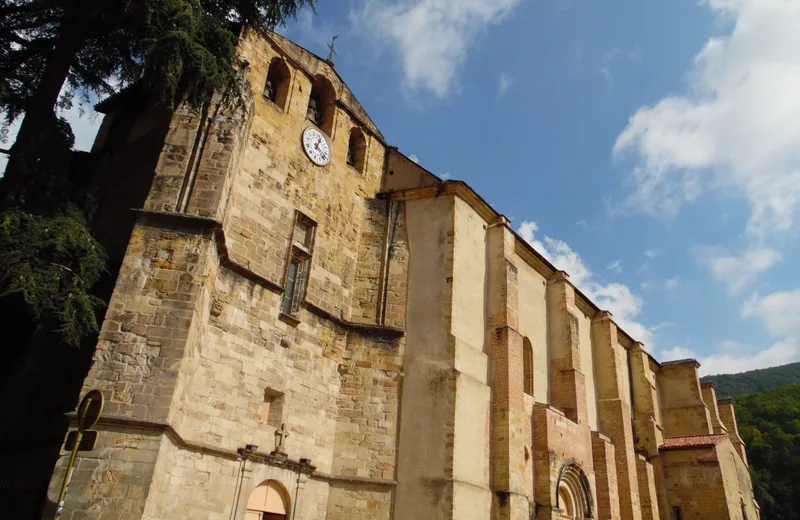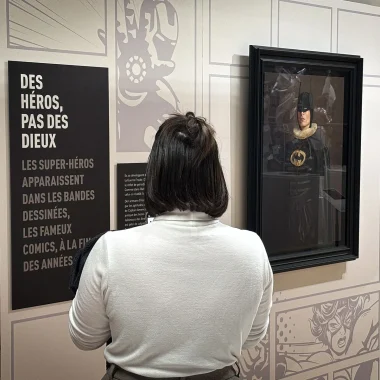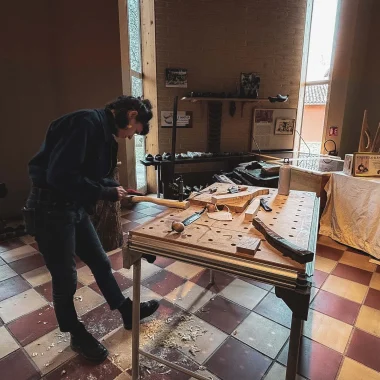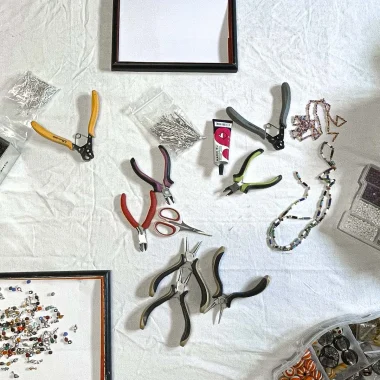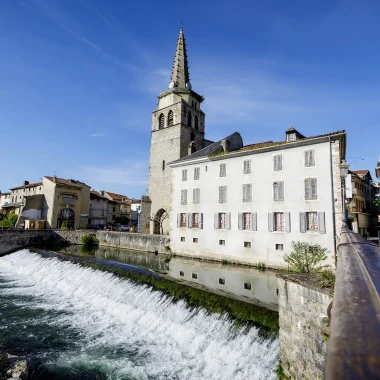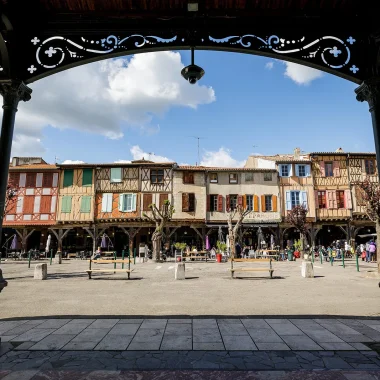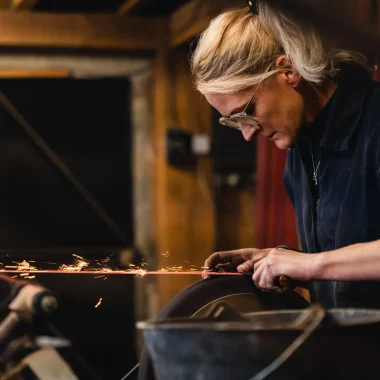It's impossible to miss the sublime Saint-Volusien abbey church when you walk through the streets of the town of Foix. The architecture of this abbey is a real treasure... And one treasure can hide another! A true jewel of Fuxé's heritage, the clock of this building which was created in 1880 is impressive for its history and the goldsmith's work behind it.
The Saint-Volusien clock is a mechanical clock. She was made in 1880 à Morbier in the upper Jura by the Francis Paget watchmaking house.
The Saint-Volusien clock was installed in the bell tower in the 1910s. All the parts were made by hand.
The Saint-Volusien clock is a true work of art, a unique know-how.
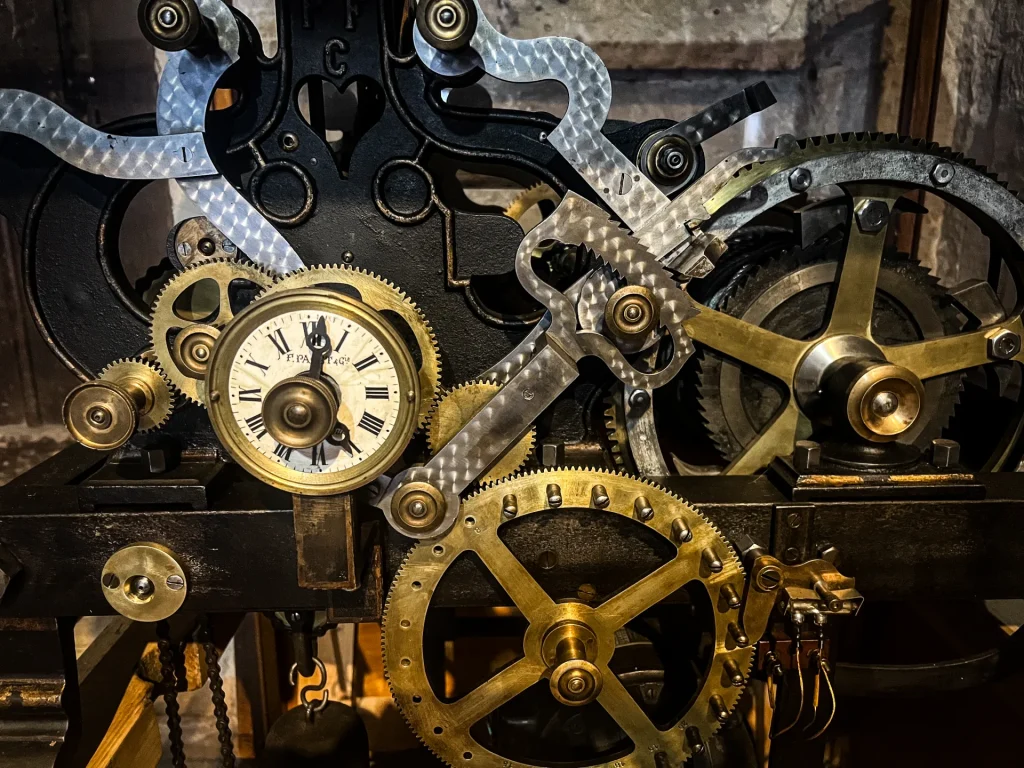
From 1968 to 1995, Claude Delpy, watchmaker jeweler in Foix, ensured his maintenance. Every week, he climbed the 122 steps who led him to the 3rd floor of the bell tower to dust off the clock and proceed to setting the time. He also had to regularly oil the clock mechanism. There steel blade which connected the pendulum was very sensitive to temperature, expanding in summer or contracting in winter. It was then necessary adjust the mechanism to guarantee the good hour.
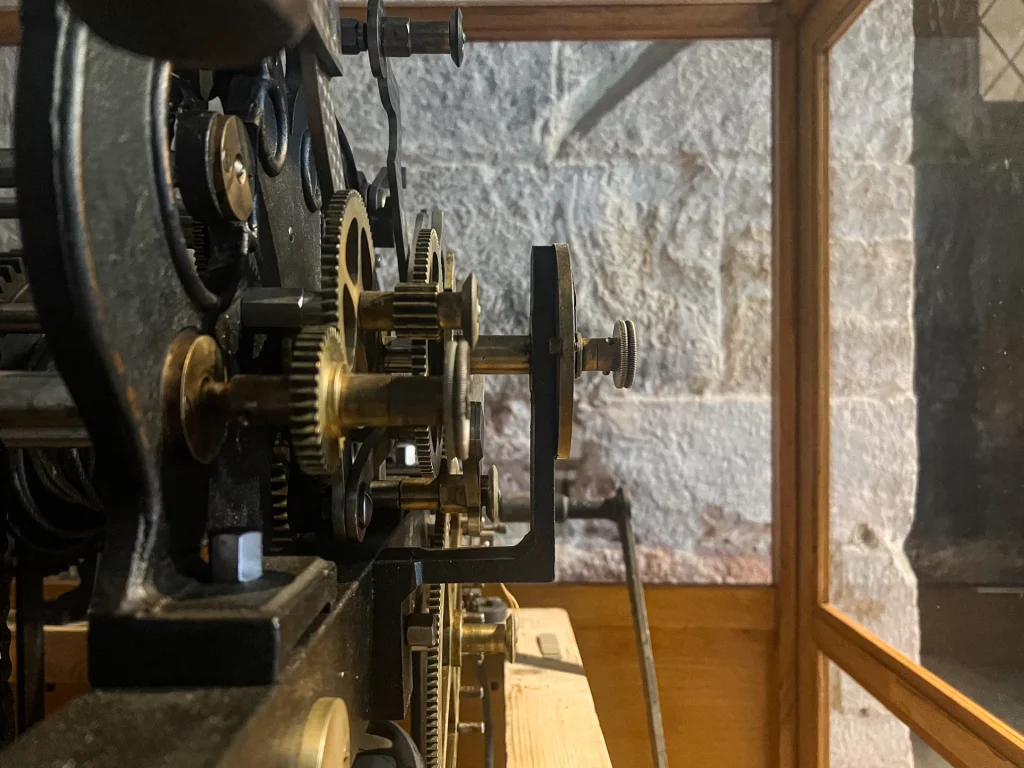
Le Time change was established in France following the oil crisis of 1973-1974. This represented more work for the watchmaker. Indeed, "although it was possible to move the time forward quite easily, it could not be moved back. In the fall, because we could not go back in time, we had to stop the clock motor and wait” (extract from the Gazette of 09/11/2022).
All one ingenious device made it possible to connect the clock mechanism to the hammer which sounded the music of the bells. Thus, the abbey clock punctuated the daily life of the people of Fuxé until the end of the 20th century.
That's when the clock has been computerized, making obsolete le Jura mechanism. He remained in the bell tower where he risked being damaged. Claude Delpy asked for it to be restored and enhanced. The Mayor of Foix, Norbert Meler responded favorably to this request. The clock was restored by Philippe Marty, rope access technician and restaurateur from Toulouse. The mechanism is now on display at the entrance to the Saint-Volusien abbey church.
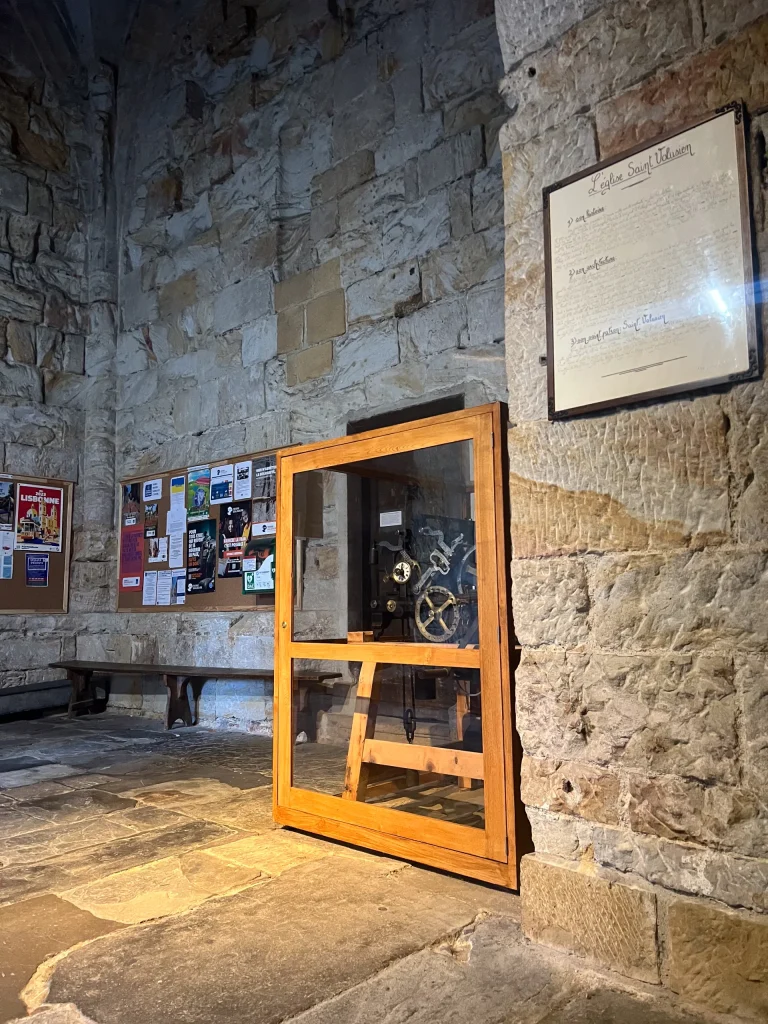
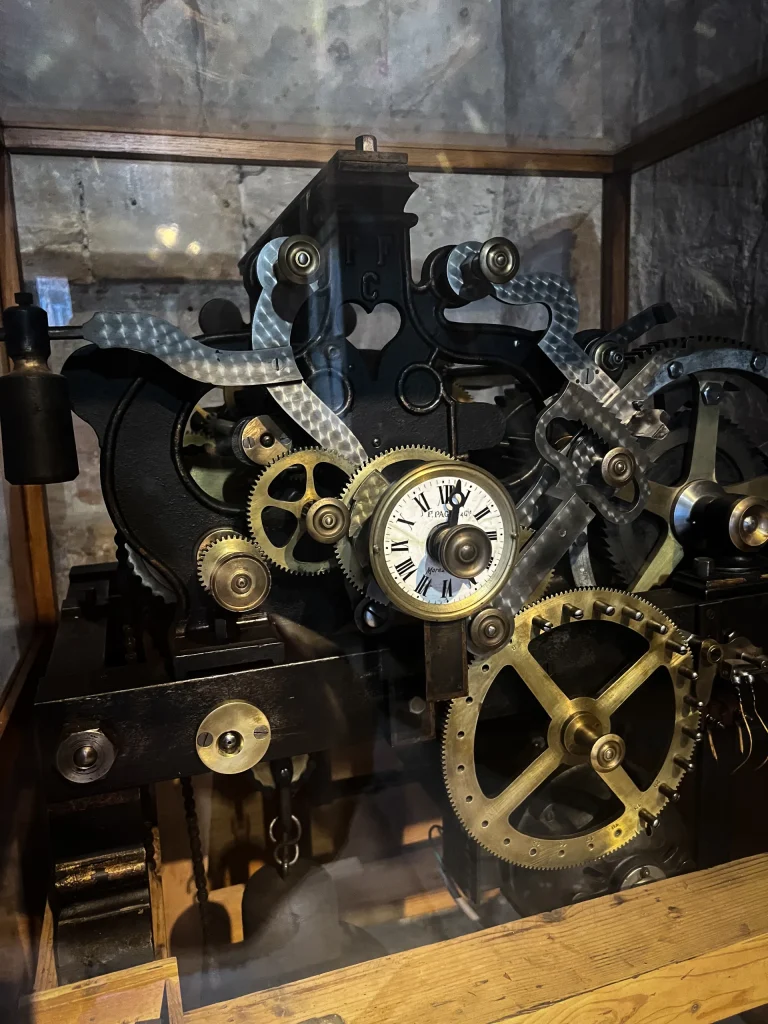
Pratical information
Thanks to:
Mr. Claude DELPY for his availability and his kind collaboration
Mr. Norbert MELER, Mayor of Foix and his services for their support.
Themes


